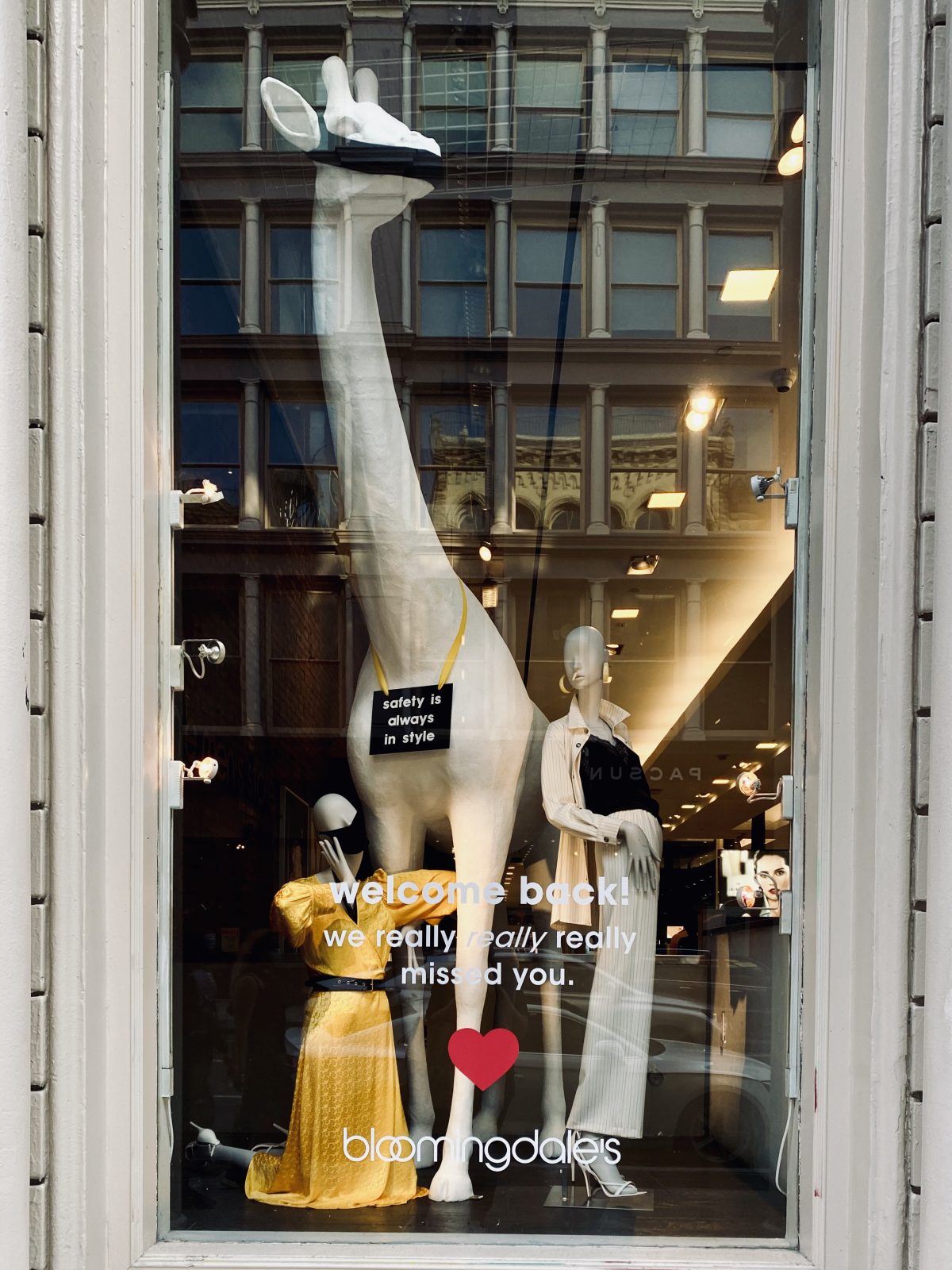Brick-and-mortar is back — but its comeback is gradual, according to Coresight Research. In the firm’s weekly U.S. consumer survey that provides a snapshot of consumer behavior amid the coronavirus pandemic, it appears that shoppers are slowly but surely heading back out to stores, though public avoidance still remains high.
Some 84 percent of consumers are currently avoiding any public area, verses 87 percent last week, according to the firm. The avoidance rate jumped by five percentage points since the beginning of July, with shopping centers and malls holding the title as the most-avoided places, as reported by 65 percent of respondents, reflecting consumers’ increasing concerns over rising coronavirus cases in several states, Coresight Research said.
And more consumers are buying less of discretionary product categories, as the proportion of respondents currently buying less of any categories jumped by nine percentage points.

“Looking at product categories, we saw that more consumers are buying less in most of the discretionary categories, including clothes and footwear, beauty, home products and electronics. One-third are currently spending less on apparel, up six percentage points from 27 percent last week. Beauty is the second most-cut category, with a little over one-fifth currently buying less. Some 19 percent of respondents are buying less in-home categories,” authors of the report explained.
Also noted this week was the proportion of consumers switching their spending to e-commerce sliding to its lowest level since late May, with 69 percent of consumers stating that they are buying more online this week, marking a seven-percentage-point fall from its peak of 76 percent in late June.
Authors of the report said the declining trend “might suggest that consumers are gradually switching some of their spending back to stores, despite the high avoidance of public places noted earlier.”
“We saw that slightly fewer consumers are buying apparel online this week — 28 percent versus 31 percent last week. However, other discretionary categories, including beauty, home and electronics, all saw increases in the proportion of respondents buying more online this week.”

